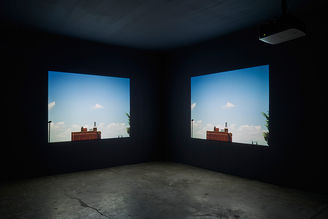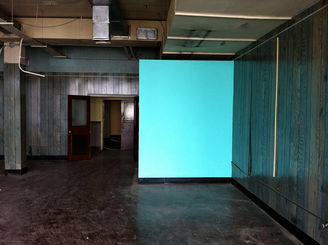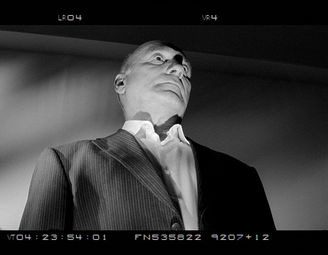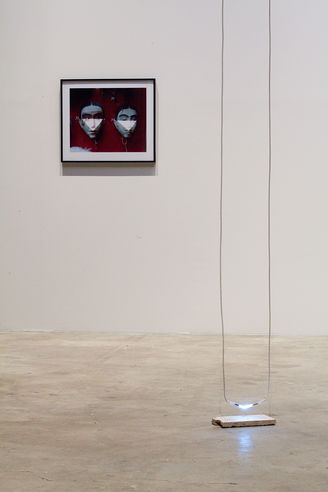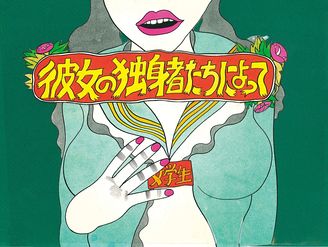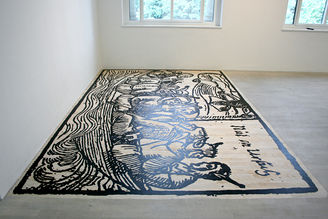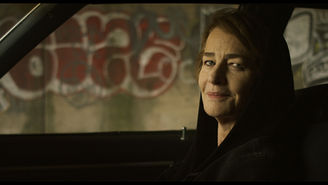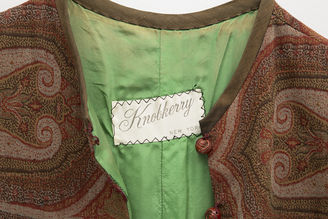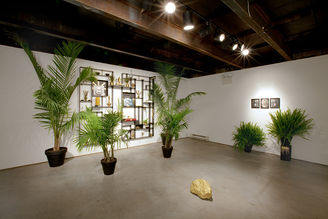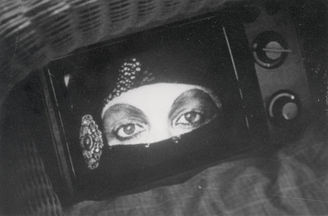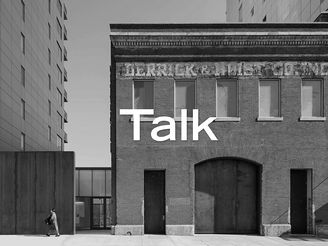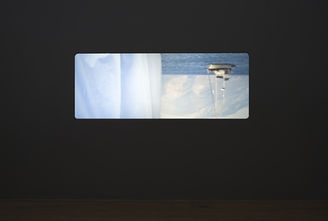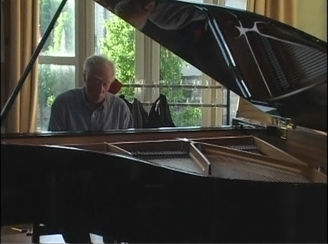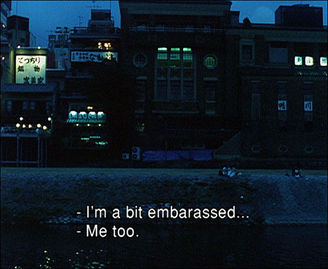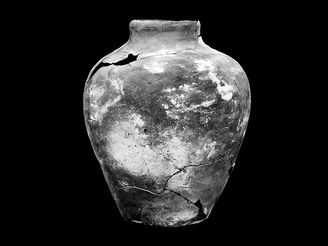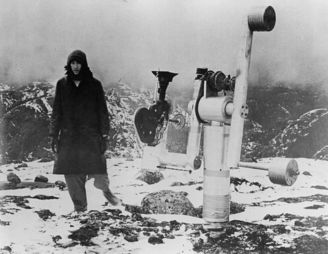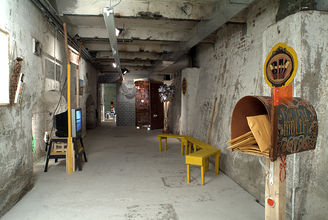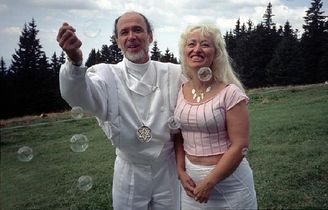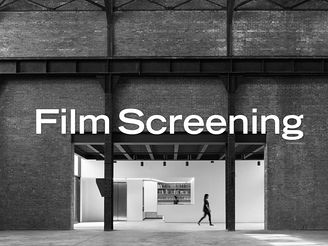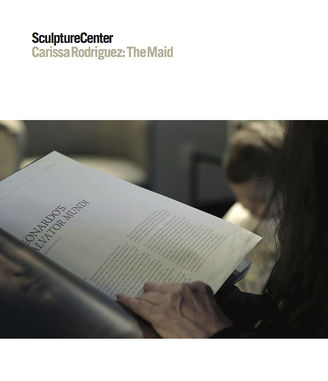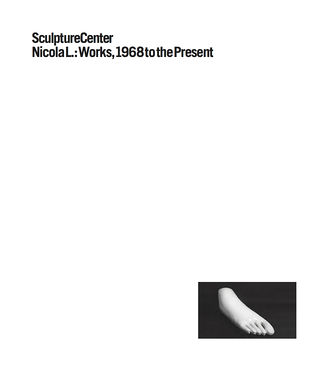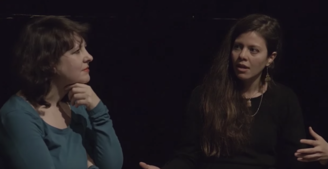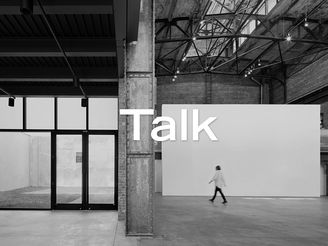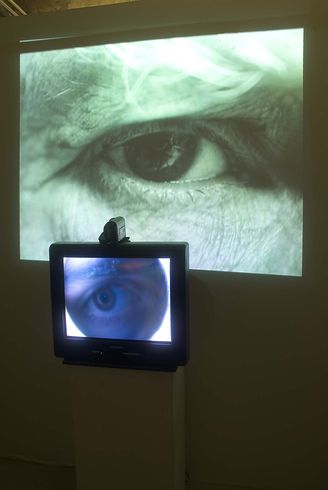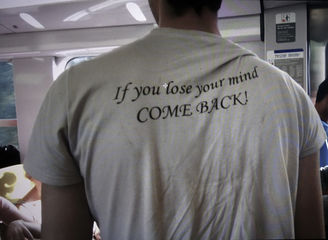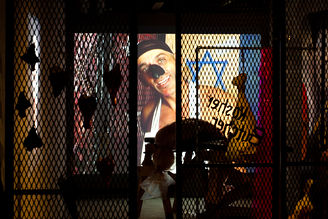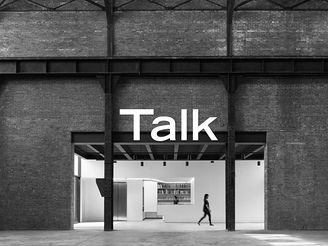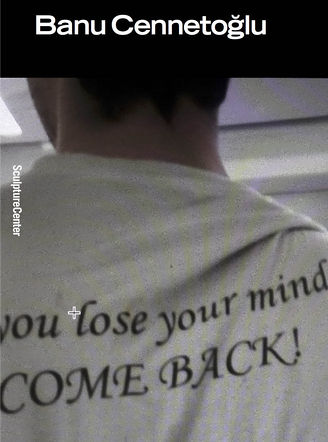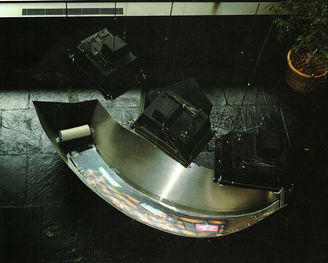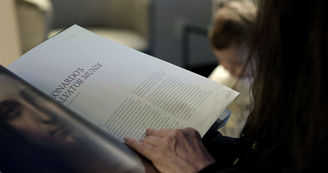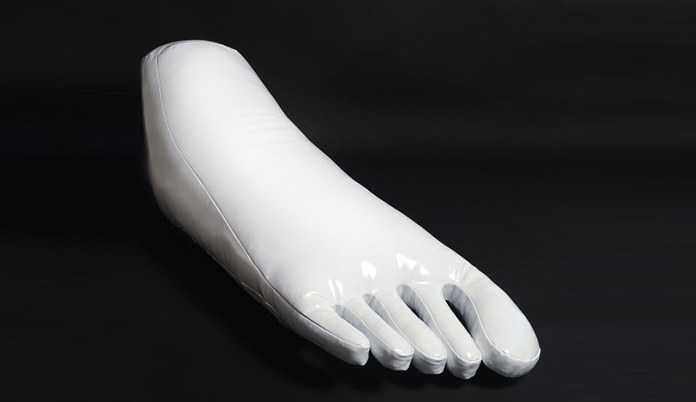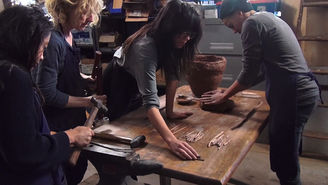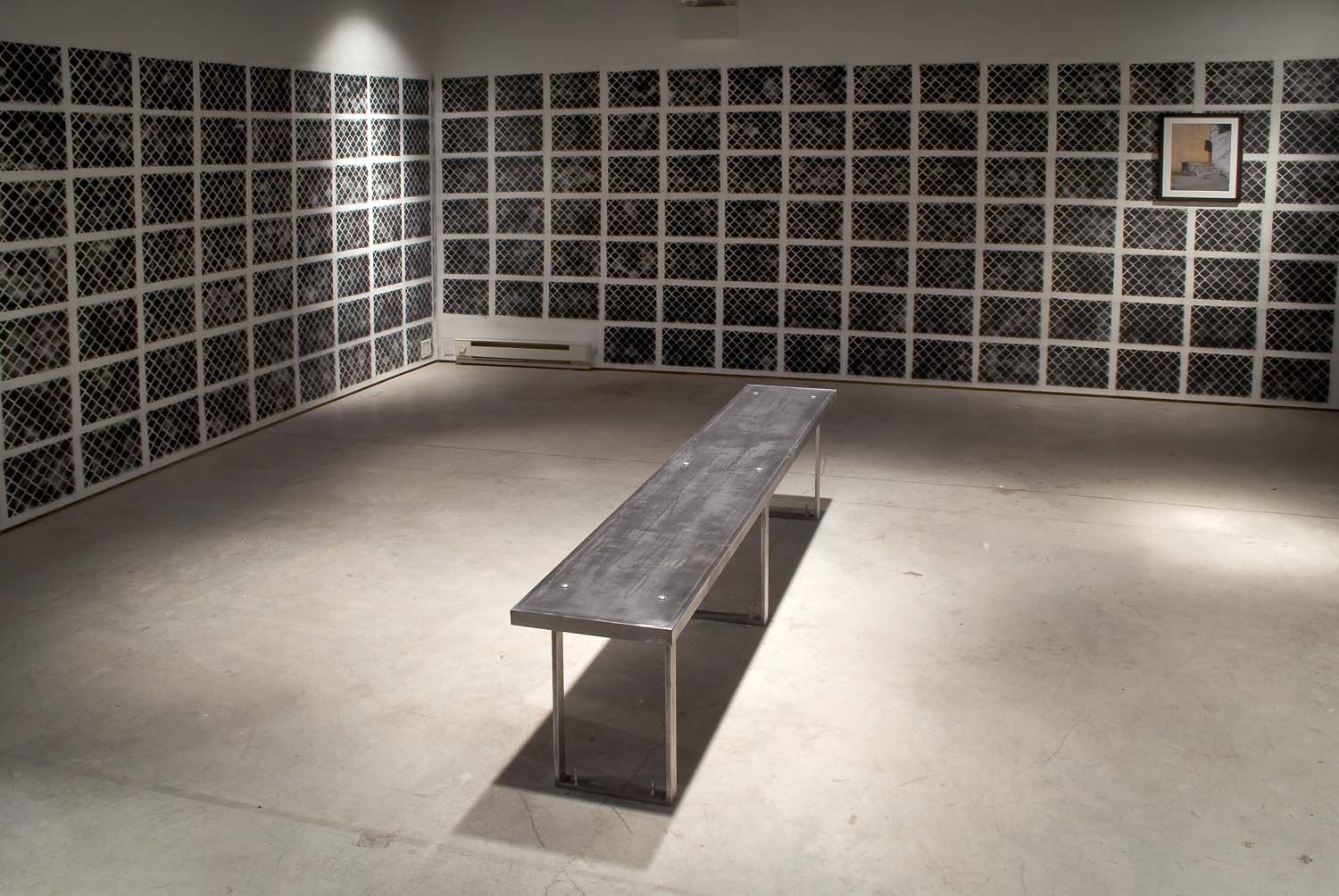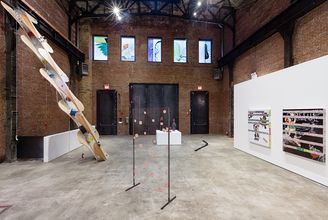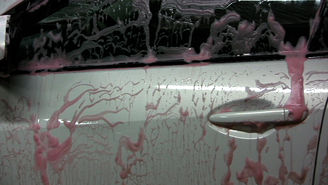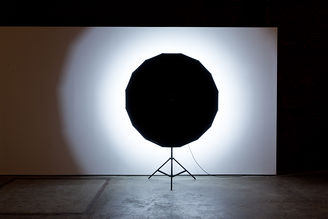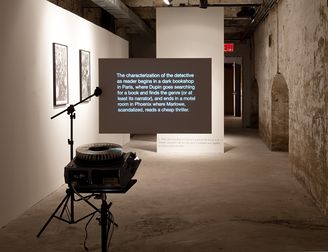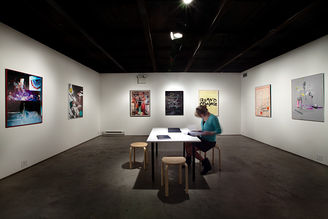Time Again Screening - July 5th
Tue, Jul 5, 2011, 7pm
Ed Atkins, Death Mask II: The Scent, 2010, HD video, still, courtesy of the artist and Cabinet Gallery, London
SculptureCenter and Anthology Film Archives present a screening series that further explores the language of repetition central to the exhibition Time Again on view at SculptureCenter, through July 25. Bringing together works that destabilize conventional ways of seeing and considering what is past and what is present these works engage gesture, image sequence, material affect, and displaced narrative, challenging our understanding of what it means to be contemporaries. Organized by Isla Leaver-Yap and SculptureCenter Curator Fionn Meade
Program 1: The performing body and political subject present themselves via acts of estrangement, reversal, ritualized behavior, and fragmentation. Linear time and narrative denouement are replaced with the desire to be re-regarded, touched and felt.
Special Guests in conversation: Artists Leslie Thornton and Lisa Oppenheim
Running Time: 1 hour
Tickets: $9 general, $7 students/seniors, $6 AFA and SC members.
Shahryar Nashat, One More Time With James, 2009, 4 min, HD video, sound
Two men appear in a luxury department store trying and buying cologne. The action is repeated until it becomes a gesture, and the sensual act is derailed into economic exchange.
Joan Jonas, Glass Puzzle, 1973, 15 min, video, b/w, sound
Jonas and her doppelganger Lois Lane perform actions based upon a series of photographs of prostitutes waiting. Using the form of the pose or repeated movement as a sequence of poses and tableau, Jonas and Lane appear to step through the layers of video, refracting themselves through a returned gaze to find a new video language that appears as an infinite regress.
Leslie Thornton, Strange Space, 1992, 3 min 45 sec, color, sound
This collaborative work, created specifically for the 1992 Day Without Art/AIDS Awareness Day, addresses what Thornton terms "the relationship between the medicalization of the body and the personal." While the actor Ron Vawter reads aloud from a poem by Rilke, a doctor is heard discussing Vawter's medical condition. Medical photographs of internal organs and images of the moon's surface create landscapes of inner and outer space. This haunting rumination suggests the disparity between medical interpretations and personal experiences of physicality and mortality.
Leslie Thornton, The Last Time I Saw Ron, 1994, 12 min, color and b&w, sound
Following the development of a Belgian theatre play centering the Greek mythic character Philoketes, Thornton's film focuses on the protagonist actor and personal friend Ron Vawter. The work emerges as a double portrait in which intertwines the narratives of Philoketes and Vawter: the former, a warrior bitten by a snake and abandoned because he suffers wounds that do not heal; the latter, diagnosed with AIDS and passed away before the play could be staged. The Last Time I Saw Ron serves as a eulogy to Vawter, and as an analysis of the power of myth and the life force of art.
Laure Prouvost, Monolog, 2009, 9 min, HD Video, color and b/w, sound
Monolog is a playful interrogation of the relationships between director, performer, audience and the architecture of viewing. Experimenting with the notion of a captive cinema audience, its wry humor and fast paced editing explore the structures of spectatorship and affective address.
James Richards, Misty Boundaries: Fades and Dissolves. 2009, 3 min 49 sec, video, color, sound
Consisting of a sequence of brief vignettes - a puff of steam, a hand being held, soap bubbles superimposed with other hands, a blizzard - Misty Boundaries: Fades and Dissolves is a video collage that touches upon the demands of love, concentration and loneliness, transforming cast-off moments from the mass media archive into a devotional and elegiac gesture.
Ed Atkins, Death Mask II: The Scent, 2010, 8 min 19 sec, HD video, color, sound
Comprised of a medley of interlaced images repeated and altered in evolving color tints and frame divisions, Atkins' approach to digital alteration opens up painterly shifts and turns, and allegorical readings. Accompanied by an original sound composition, a piece of fruit floats mid-frame, a candle burns in the darkness only to multiply, rotate, and mutate, a woman's short blond crop is filmed from behind, her ears and neck visible but her expression and profile hidden.
Rosalind Nashashibi, The States of Things 2000, 4 min, 16mm transferred to BetaSP
Assessing the conditions of the image and transforming quotidian gestures into mythic territory, Nashashibi combines the grainy footage of a Glasgow yard sale with Oum Kalthoum's traditional Egyptian love song Hali Fi Hawaha Agab. As if from a dream, these two seemingly eroded rituals - otherwise separated by location and time - collide.


